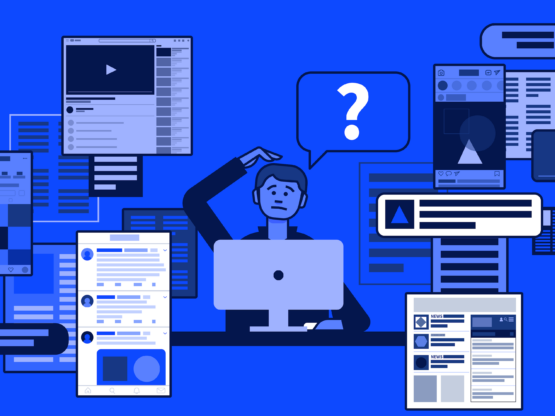
About This Course
Fake news and misinformation pose an urgent challenge to citizens across the globe. Multiple studies have shined a light on people’s difficulty in distinguishing truth from fiction, reliable information from sham. As we approach the November 2020 election, we can expect our screens to be flooded, even more so, with digital content that plays fast and loose with the truth. With educators from around the world and faculty from MIT and Stanford University, you will learn quick and effective practices for evaluating online information that you can bring back to your classroom. These practices have been distilled from observations with professional fact-checkers from the nation’s most prestigious media outlets from across the political spectrum. Using a combination of readings, classroom practice lessons, and assignments, you will learn how to teach the critical thinking skills needed for making wise judgments about web sources. At the end of the course, you will be better able to help students find reliable sources at a time when we need it most.
Course Overview
Unit 1: Search Like a Fact Checker Unit 2: The Two Big Fact Checker Moves: Lateral Reading & Click Restraint Unit 3: Evaluating Different Types of Evidence Unit 4: Adapting Civic Online Reasoning
What You'll Learn
Educators—from teachers to librarians—will learn about:
Course Resources
Course Videos
Learn how schools have benefited from a graduate profile development process and begin the process yourself.
How do we prepare K-12 students and learning communities to be as successful as possible? Come explore these questions and more in Design Thinking for Leading and Learning.
An Overview Of Competency-Based Education In Schools: Presenting Ideas, Inspiration, Strategies, And Challenges.







